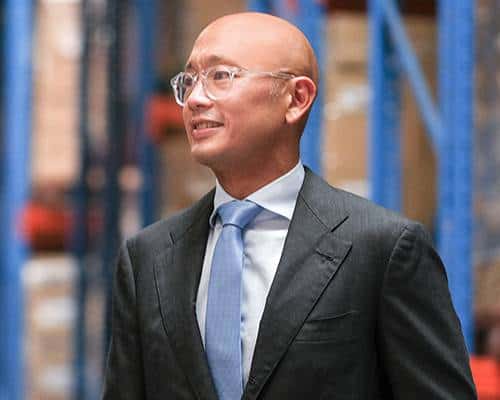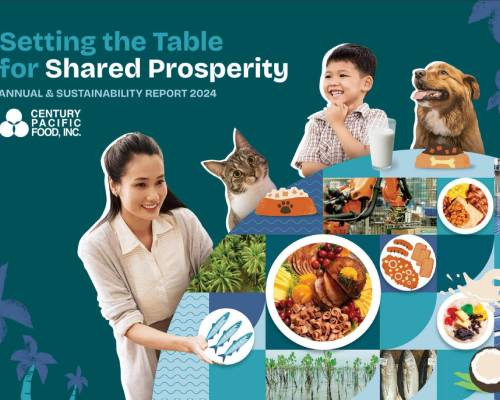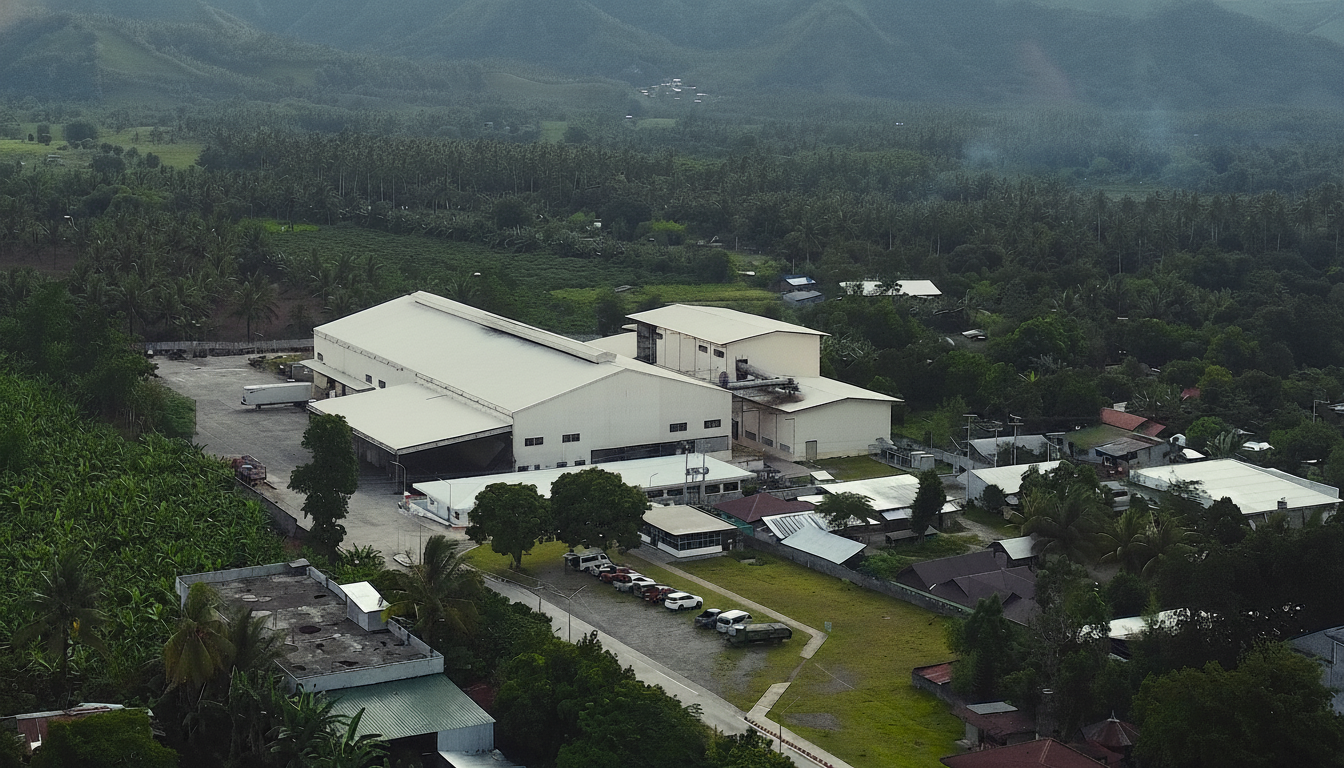The Philippines growth dialogues: Anders Bärlund, Jose Miñana Jr., and Christopher Po
The Philippines growth dialogues, a collaboration between McKinsey and BusinessWorld, is a video series presenting the ideas of influential leaders in the public, private, and social sectors about key opportunities to promote economic growth in the Philippines. This second installment focuses on the consumer sector.
For the past five years, the country’s big consumer companies have chalked up double-digit rates of sales growth. But more recently, many of them, though still basically in good health, have started to cool off. Our video explores key strategies and forces that could help these consumer leaders to regain—or even exceed—their earlier levels of performance in an economy with a rapidly expanding consuming class, both in numbers and in purchasing power.
Anders Bärlund is a partner in McKinsey’s Manila office. The two other speakers are prominent executives of companies based in the Philippines. Jose Maria A. Miñana Jr. is the head of business group, North America, at Jollibee Foods, a multinational chain of fast-food restaurants. Christopher T. Po serves as chairman, president, and CEO of Century Pacific Food, which competes in the marine, meat, and milk sectors.
The following transcript has been edited for clarity and concision.
Finding growth
Anders Bärlund
The consumer sector has been doing exceptionally well over the past few years, so many of the biggest consumer companies are now used to double-digit growth. The consumer class is continuing to expand and will expand, maybe even double, over the coming ten to 15 years. And consumer spending, household spending, is continuing to increase—in fact, by more than 8 percent in 2016 alone.
However, if you look at the more recent developments, on aggregate the biggest consumer companies in the country have been slowing down. Last year, total growth was more than three percentage points below the last five-year average. And why is that? We see increasing competition domestically and various forms of international competition as well. And, importantly also, many of the consumer companies in this country have reached very strong positions in the categories where they have chosen to compete. So right now, I think most companies are looking for ways to expand their portfolios. One set of questions is around how do we find new sources of growth in the Philippines—mainly, how do we expand into new categories that we’re currently not competing in?
Christopher Po
We keep our eyes open for opportunities in adjacent categories, so we’re not straying too much from our core businesses. For example, last year we made two acquisitions, both in adjacent categories. We bought a brand of condiments and have the rights to the US and Canada. From there, we’re actually learning the condiments business. We are growing that business in those markets, but what we’re learning, we’re also bringing back here. Another acquisition, which we announced just a few months ago, was the Hunt’s brand here in the Philippines. That business is 60 to 70 percent canned and fits into our whole supply chain. There are significant synergies with what we do.
Jose Miñana Jr.
We can always grow by adding more stores in second- and third-tier municipalities that are growing in the country. The most important thing is that each store that we have continues to grow. In our industry, the most important metrics are always volume and check. You can only have the volume if you’re doing certain things right. And the check is a very good balance of offering the right value. This transaction count is something that we always have to look at, and it all translates to same-day sales.
Digital
Anders Bärlund
How do we rethink and digitize our current operations in a way that we become faster, we become leaner, we become more customer-friendly in our go-to-market approach?
Jose Miñana Jr.
Digital is very key, and we have to be able to reach our market very well. Traditional marketing—TV, et cetera—continues to be there because of the reach-out, especially in the provinces. But there is a very, very strong growing trend of digital. Jollibee just came up with our digital stories. We’ve never seen those kinds of hits in our lives. And this was on digital, and it’s very easy to export and to transport. The digital space is something that we have to be very, very good at.
Christopher Po
Digital is a new channel for us to get the message out. We’re a branded company—about portfolio, about 15 brands—so this is a way for us to connect and interact with the consumer. Before, it was pretty much a one-to-many type of information flow, but now the feedback is very fast. We can reach out and understand what our consumers are thinking. Any new concept that we’re wondering, “Is this going to catch fire in the market?,” it’s very easy to test nowadays, because you can do it relatively inexpensively.
Empowerment
Anders Bärlund
How do we accelerate leadership development at all levels of the organization? How do we drive more of a growth culture internally, how do we build critical capabilities in new areas such as digital and advanced analytics, and how do we think about promoting behaviors such as initiative taking and innovation at all levels of the organization, not just driven from top management?
Innovation
Christopher Po
Our business divisions have a charter to try and find innovations within their categories. That responsibility concentrates more toward the higher end of the organization—the business-unit heads, the marketing directors—but the source of inspiration could be anywhere. They could be having coffee with a junior salesperson who was saying, “I was talking to a shopkeeper, and she said this.” Or it could come from manufacturing. It could come when people interact with suppliers and they talk about an innovation or something they saw in a different market, and that percolates upward and the decision makers grab the insight and run with it.
Culture
Jose Miñana Jr.
If I’m looking for people, there are three Cs I look for—that’s competency, character, and, the most important of all, chemistry. So those are the three things. And if you would add another C, just to put them all together, it’s culture.
What’s really important is to make things better than they are today and how to sustain excellence and to create excellence. I think a very, very important aspect of any organization, whether it is a business or a baseball team, is culture. If a company doesn’t have a culture, then it has quite a weak relationship with the people who can actually make a difference within the company.


















































